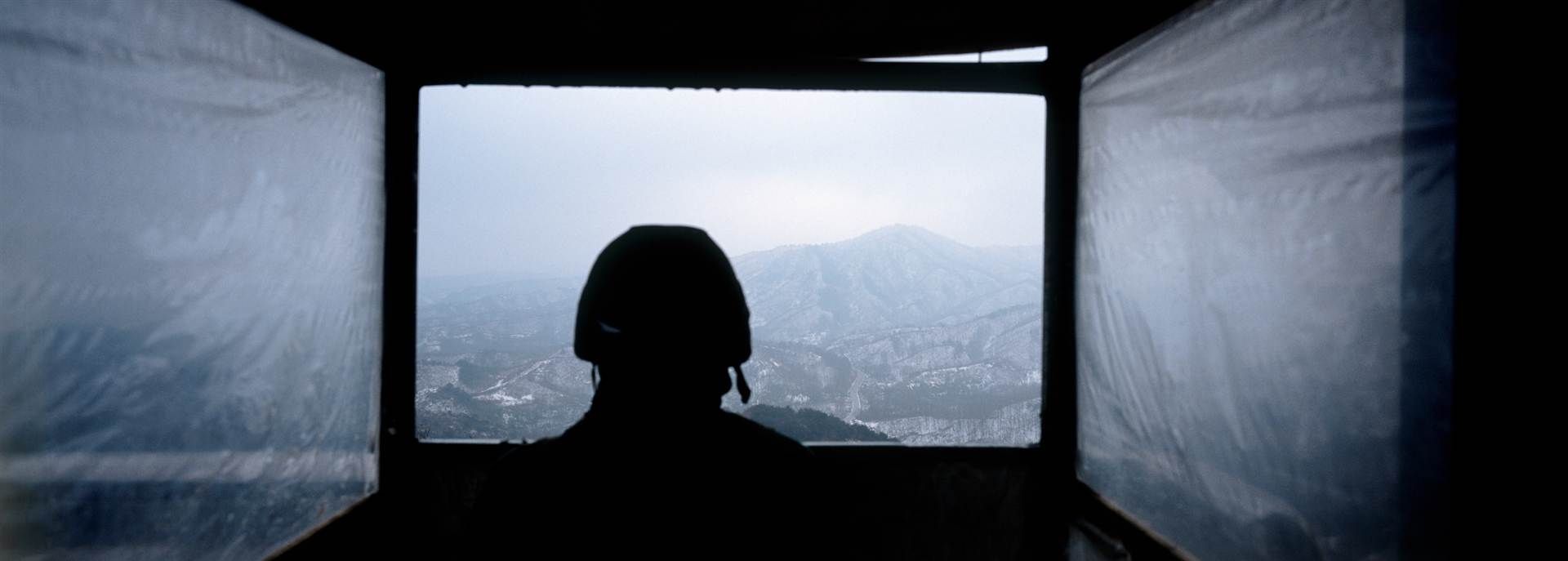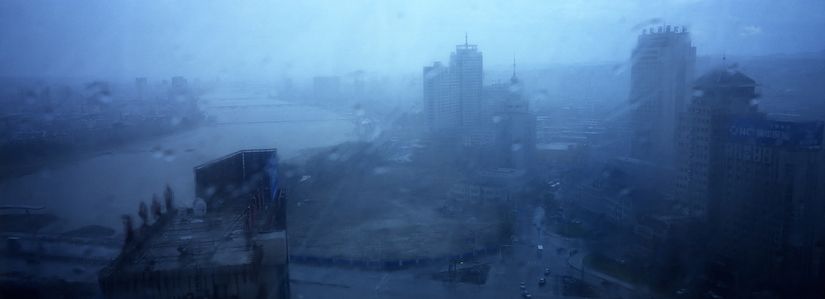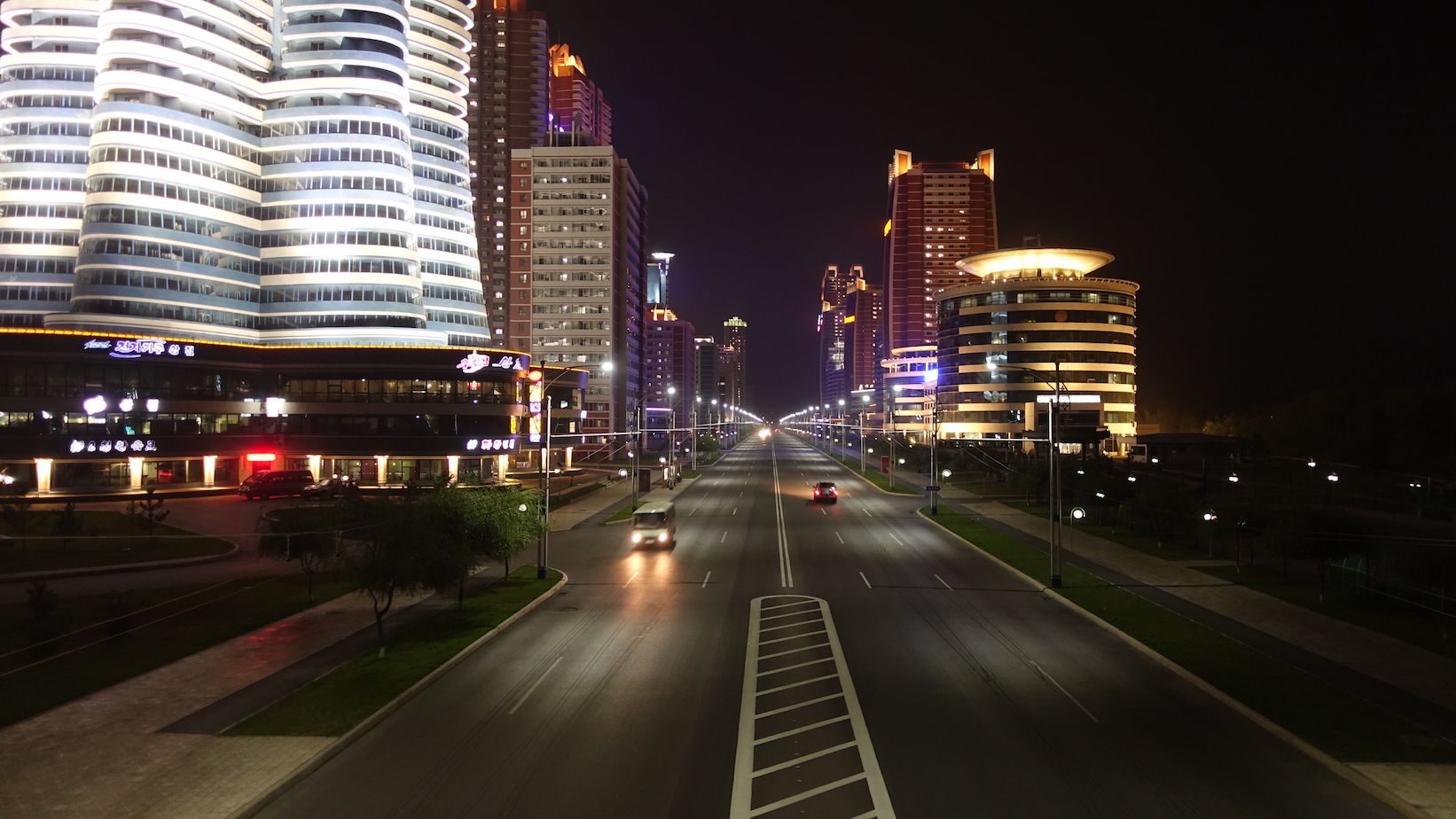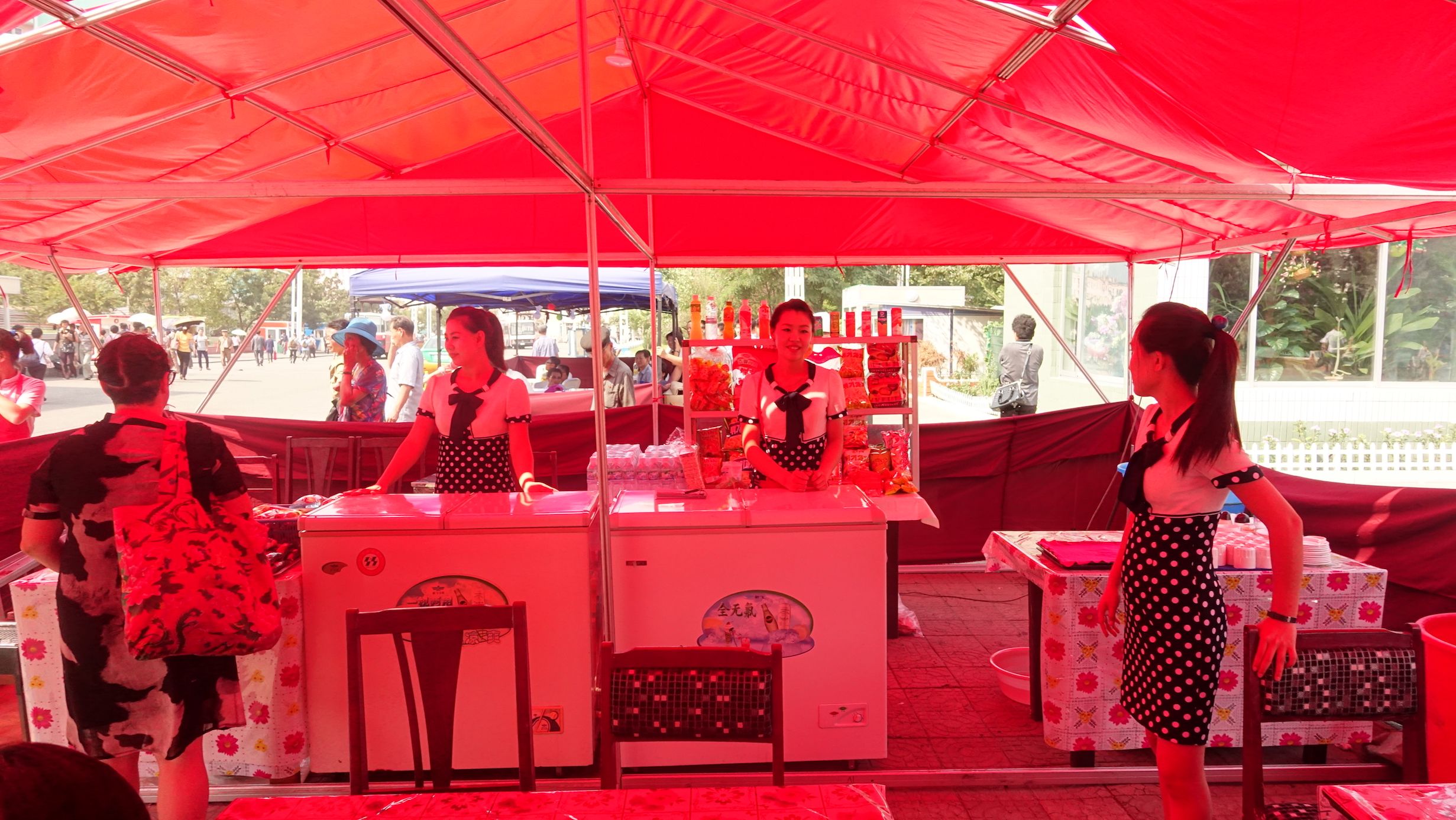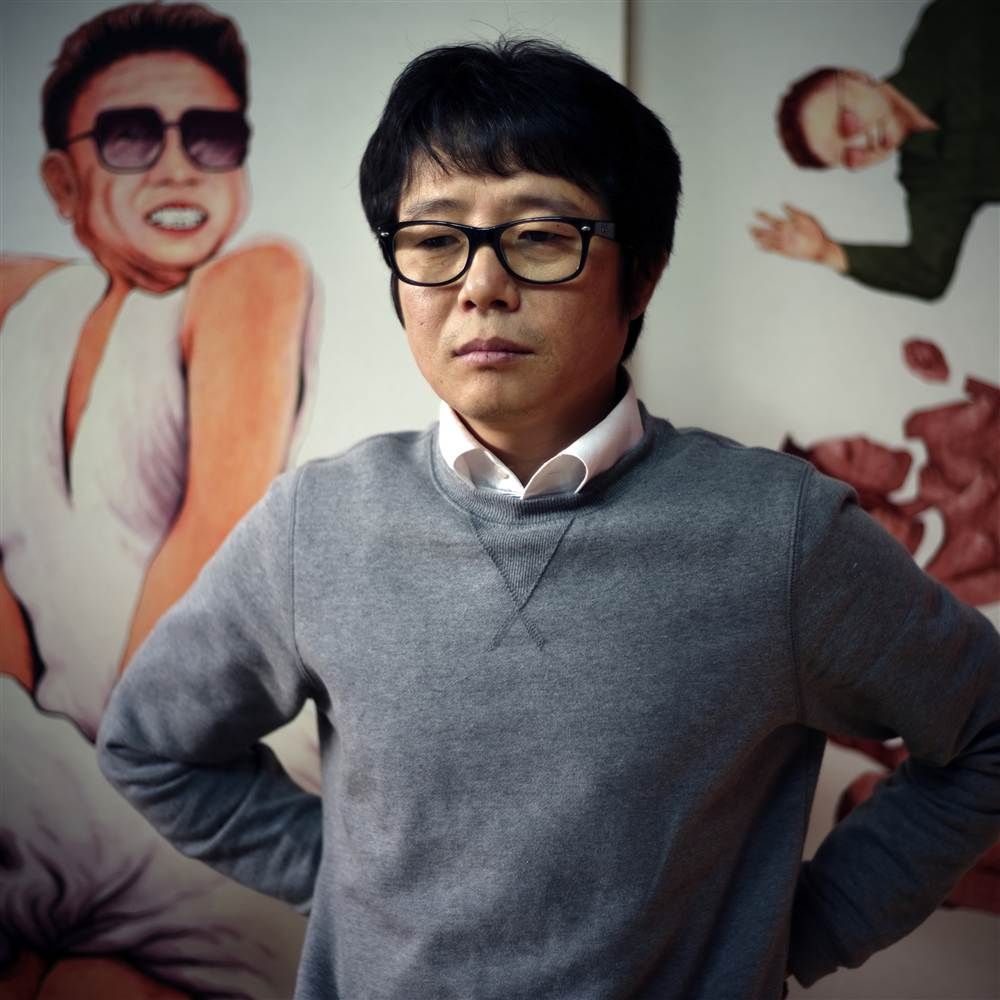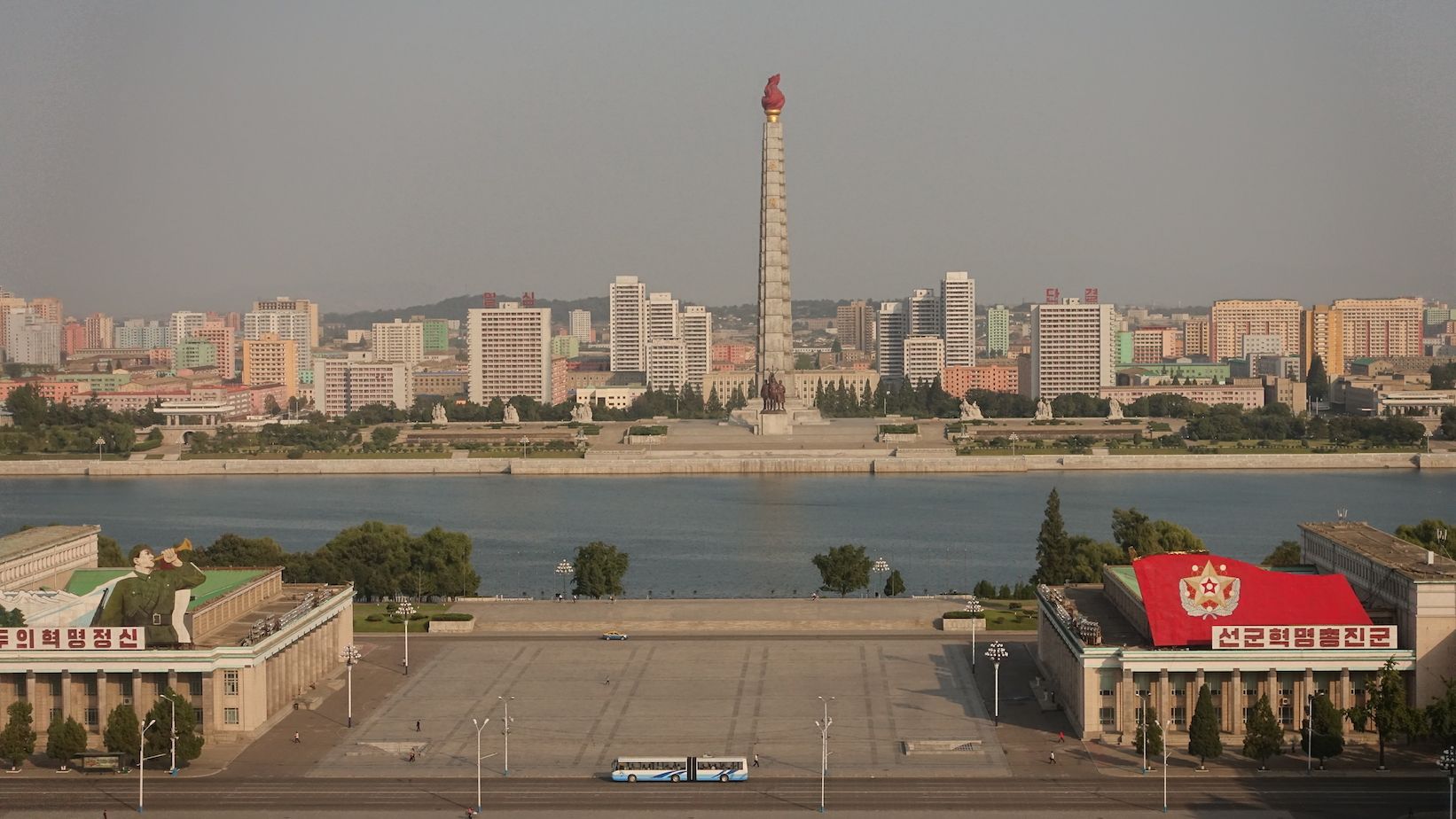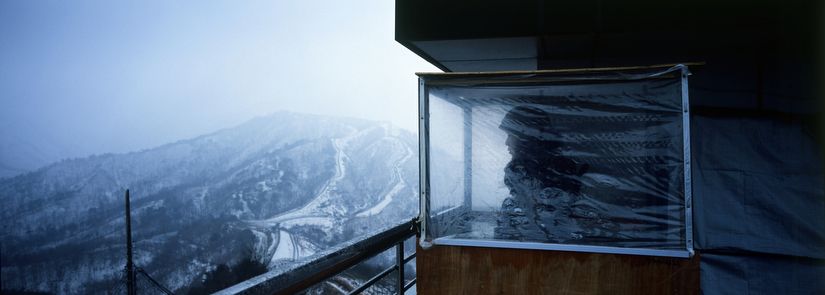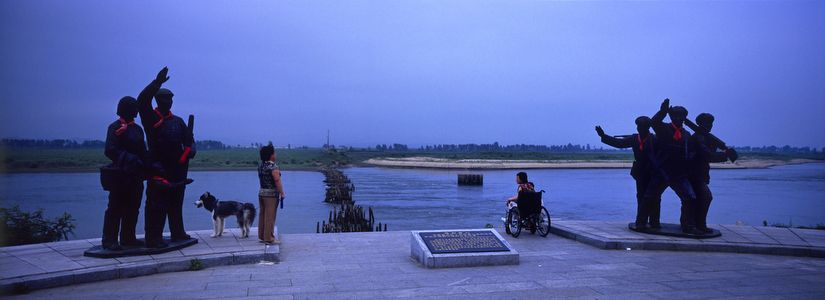Common Core Standards:
CCSS.ELA-LITERACY.CCRA.R.3: Analyze how and why individuals, events, or ideas develop and interact over the course of a text.
CCSS.ELA-LITERACY.CCRA.R.6: Assess how point of view or purpose shapes the content and style of a text.
CCSS.ELA-LITERACY.CCRA.R.7: Integrate and evaluate content presented in diverse media and formats, including visually and quantitatively, as well as in words.
CCSS.ELA-LITERACY.CCRA.R.9: Analyze how two or more texts address similar themes or topics in order to build knowledge or to compare the approaches the authors take.
Objective:
Students will evaluate content presented in diverse media and formats, including visually, in order to analyze how two journalists report on North Korea using different approaches.
Warm-Up Questions:
Discuss the following questions as a class or in small groups.
1. What words or phrases come to mind when you think of North Korea? (Write down your answers.) What themes do you see?
2. What news stories have you read, seen, or heard about North Korea recently?
3. Based on the class’s responses to the previous question, what do you think are the most common types of news stories about North Korea? Discuss.
4. Imagine that people living outside the United States had no information about what the United States was like. What would you want them to know about what is going on here? What types of stories would you want them to read?
5 . What do you think the news media is missing in its coverage of North Korea? Why?
Reading and Discussion:
Explore the first two attached resources from Tomas van Houtryve's reporting project, "Borderland: in the Shadow of North Korea." As you look at the articles, answer the comprehension questions you see to the right.
Discuss the following questions:
1. What was surprising to you about the articles? What new facts did you learn, if any? How does the reporting change your perception of North Korea?
2. What were the main ideas of the articles? Use details from the texts to support your answer.
3. Why do you think that van Houtryve chose to include the photos he did in his reporting? Why do you think that he chose to profile North Korea escapees? What point do you think he is trying to get across?
4. In North Korea, the government makes it difficult for reporters to interview ordinary people and puts heavy restrictions on their ability to report. How does van Houtryve deal with these restrictions?
5. What perspectives does van Houtryve capture that you don't normally hear about? What perspectives do you think that he is missing? Why do you think those perspectives are missing?
Now, explore the two resources from Laya Maheshwari's project, "Humanizing the Hermit Kingdom: Leisure in North Korea." As you look at the articles, answer the comprehension questions you see to the right.
Discuss the following questions:
1. What was surprising to you about the articles? What new facts did you learn, if any? How do Maheshwari's articles change your perceptions of North Korea based on what you already knew and the reporting you looked at from Tomas van Houtryve? Does anything surprise you about Maheshwari's articles?
2. What were the main ideas of the articles? Use details from the texts to support your answer.
3. How does Maheshwari deal with the restrictions placed on journalists by the North Korean government? What is his approach to reporting on North Korea?
4. Which perspectives does Maheshwari include in his reporting? Which perspectives does he leave out?
5. Maheshwari writes that leisure can sometimes be a form of propaganda. What does he mean by that?
6. Both van Houtryve and Maheshwari use their observations and interviews as jumping-off points to discuss larger issues in North Korea. How successful was each journalist in making you think about these deeper issues as a reader?
7. What do you think are some of the challenges of reporting on North Korea? How are these challenges reflected in the reporting you've looked at?
Extension Activities:
1. Imagine that you are a journalist who has been assigned to report on North Korea. What specific topic would your story focus on? Where would you want to go to do your reporting? Who would you want to interview? Develop a story idea related to North Korea that you could pitch to your editor, and practice pitching by presenting your story idea to the class. In your pitch, be sure to consider the question: why is my story idea different than previously published stories on North Korea?
2. Write an essay comparing and contrasting the two reporting projects you have looked at. Answer the following question: To what extent do the reporting projects complement or contradict each other? What are the strengths and weaknesses of each approach to reporting on North Korea? Use details from the text to support your arguments.
3. The journalists we have looked at in this lesson report on very different aspects of life in North Korea in very different ways. Think about the community you live in. What is one aspect of your community that most people don't know about? Think about how you could report on that aspect, and develop a plan of how you would do that reporting. Develop a pitch for your story idea and deliver the pitch to your class.
This lesson plan is written to be read by students, but can benefit from facilitation during the discussion and activity.
